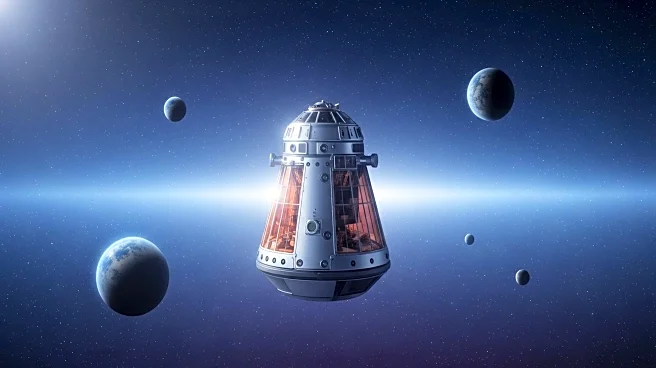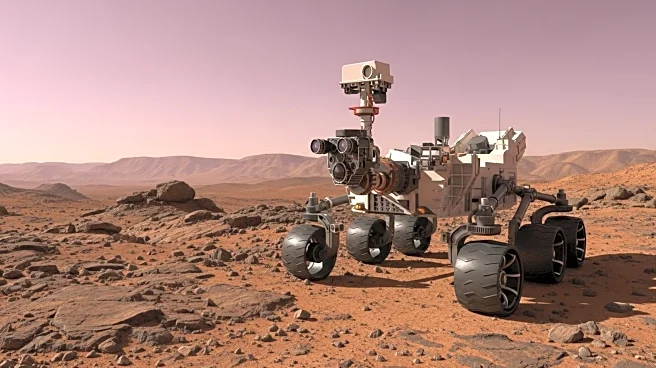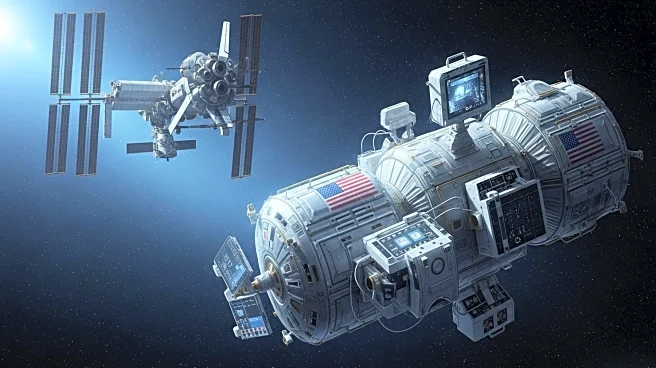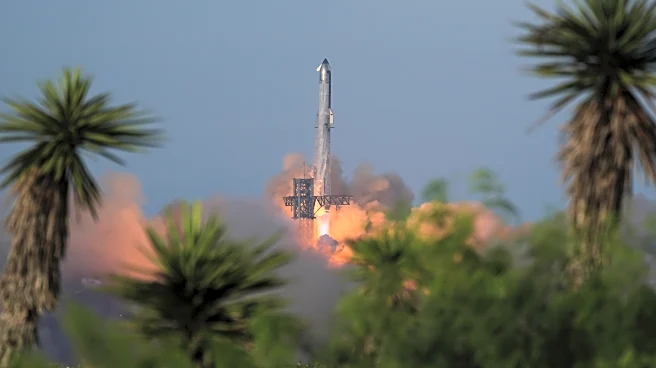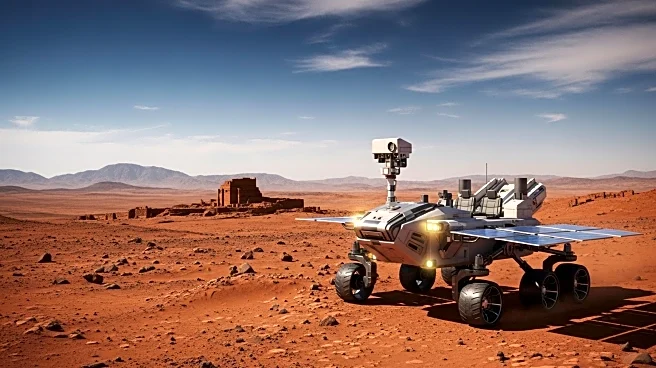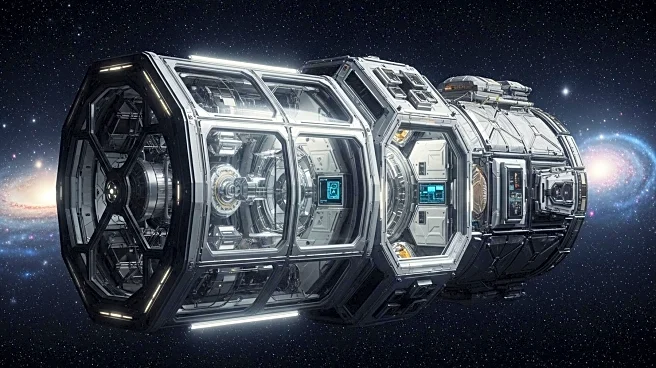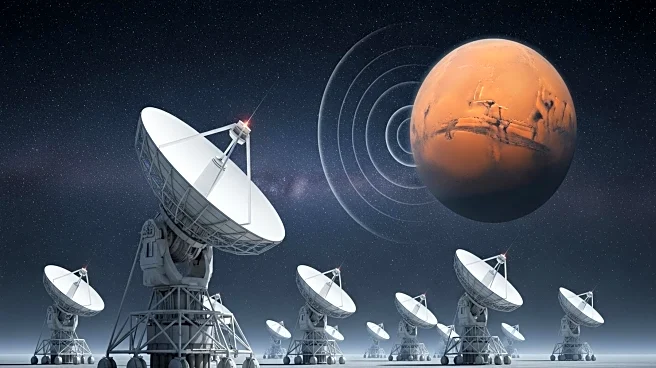What's Happening?
NASA's Mercury and Gemini programs were crucial in the development of the Apollo missions that eventually led to the moon landings. The Mercury program, which included astronaut John Glenn's historic orbit of Earth in 1962, marked significant advancements in human spaceflight. Glenn's mission followed Soviet cosmonaut Yuri Gagarin's first human spaceflight, highlighting the competitive space race between the U.S. and the Soviet Union. The Gemini project further developed spaceflight capabilities, setting the stage for the Apollo missions.
Why It's Important?
These early space programs were instrumental in establishing the United States as a leader in space exploration. The technological advancements and scientific discoveries made during these missions laid the groundwork for future space endeavors, including the Apollo moon landings. The success of these programs also had a profound impact on national pride and the perception of American ingenuity and leadership in science and technology.
What's Next?
The legacy of the Mercury and Gemini programs continues to influence current space exploration efforts. NASA's ongoing missions and future plans for lunar and Mars exploration build upon the foundation established by these early programs. The continued restoration and celebration of historical space images and achievements serve to inspire new generations of scientists and engineers.
Beyond the Headlines
The cultural and historical significance of these programs extends beyond their scientific achievements. They represent a period of intense geopolitical competition and innovation, reflecting the broader context of the Cold War era. The restoration of images from these missions provides a deeper understanding of the challenges and triumphs faced by early astronauts and engineers.
